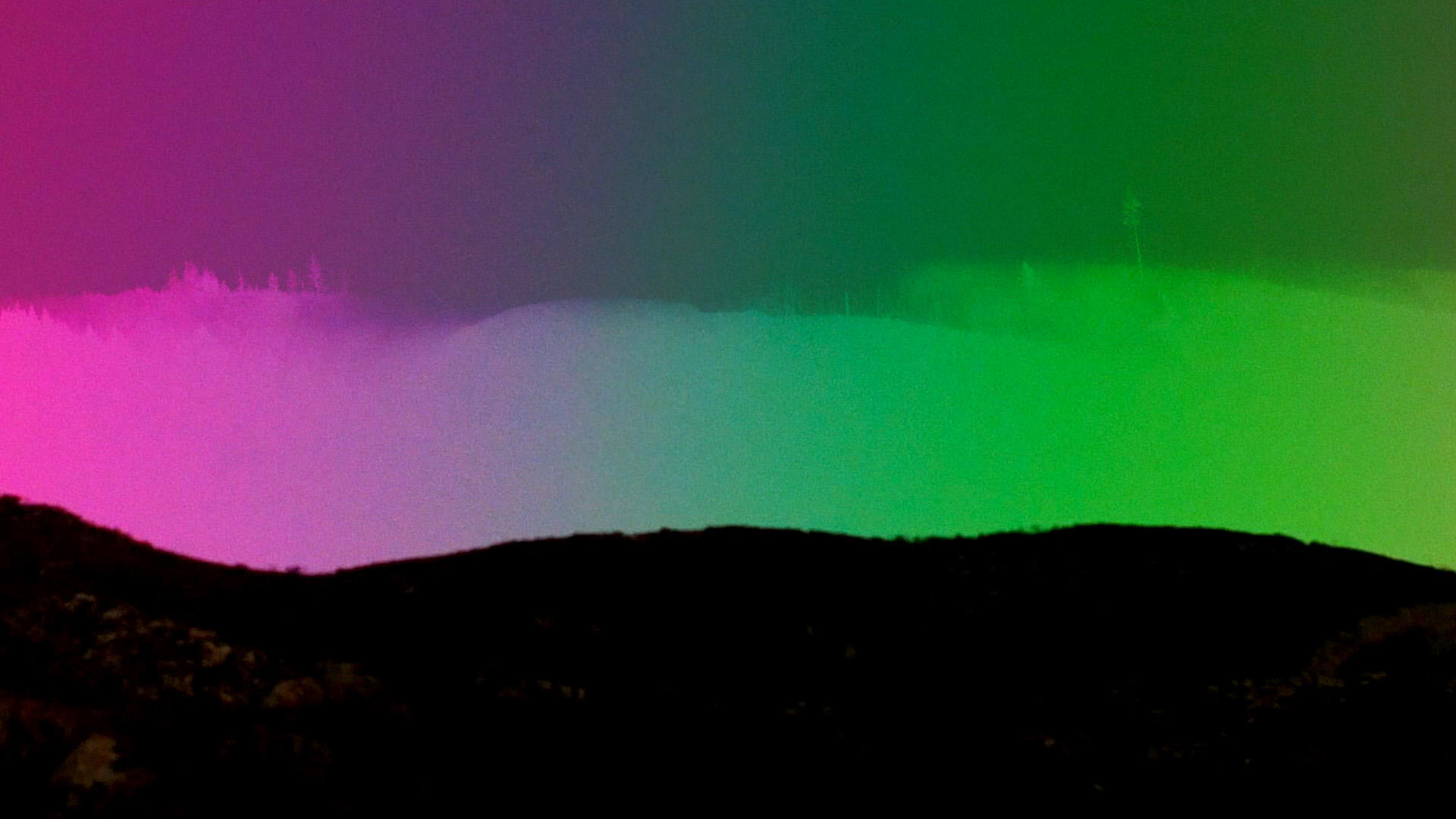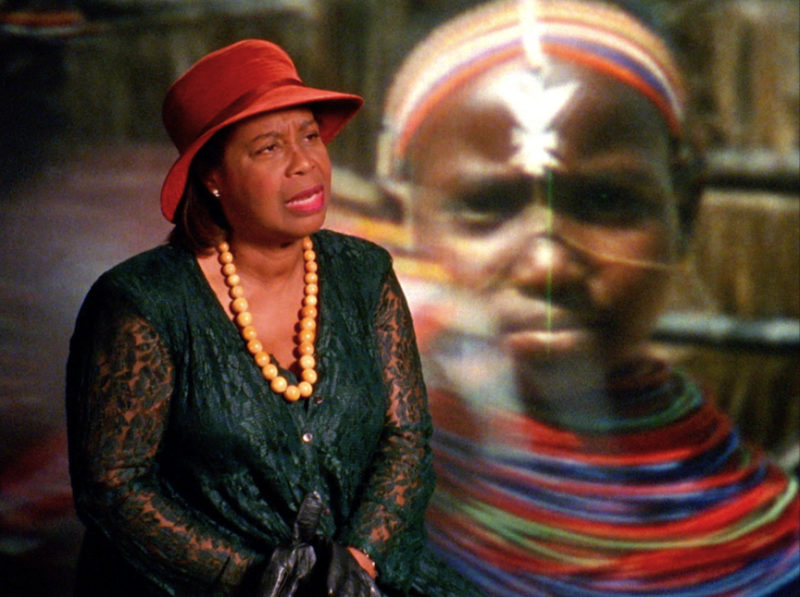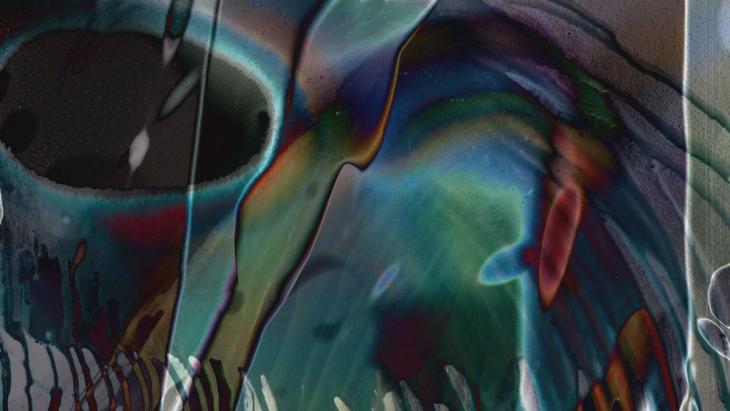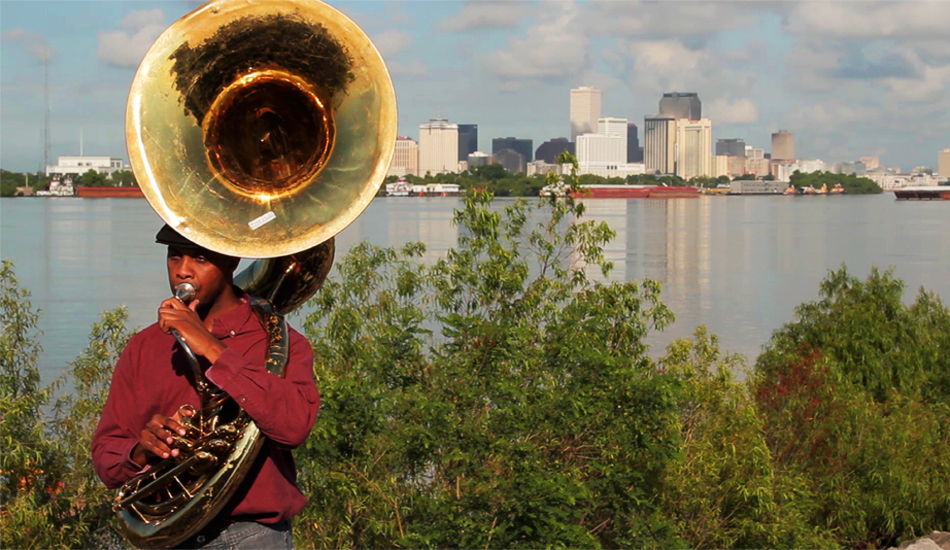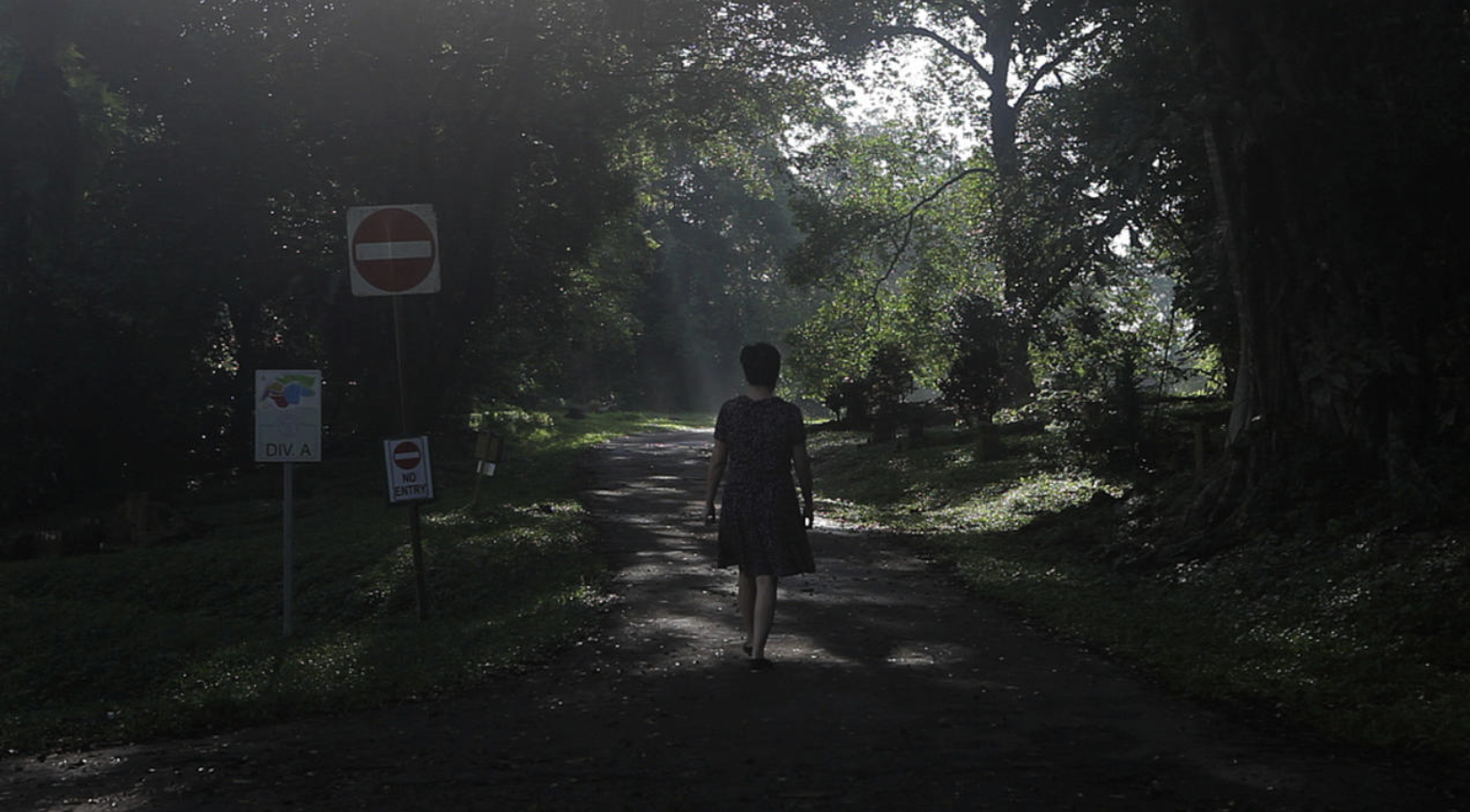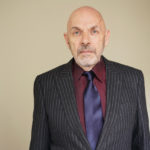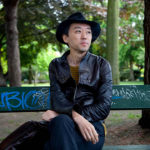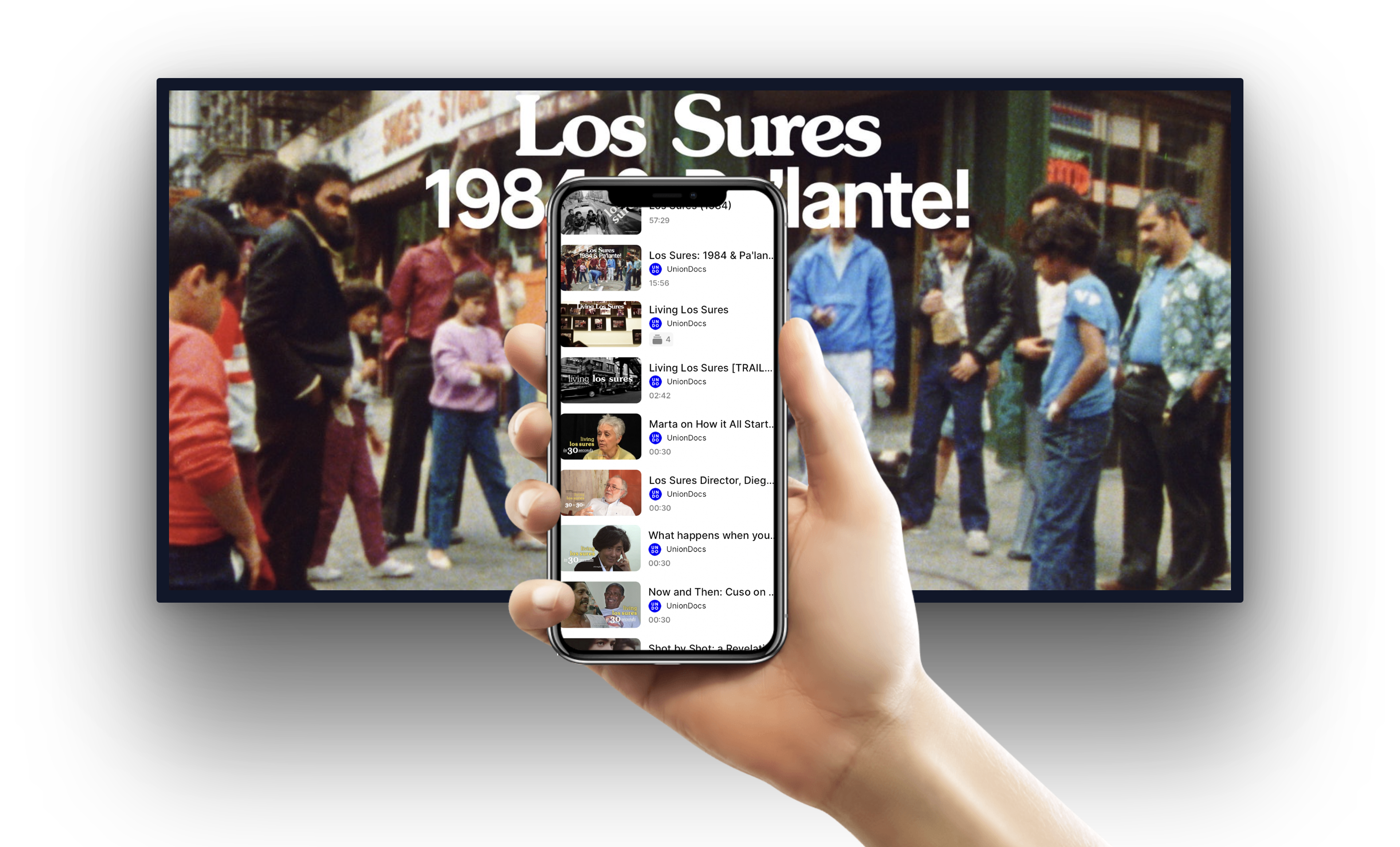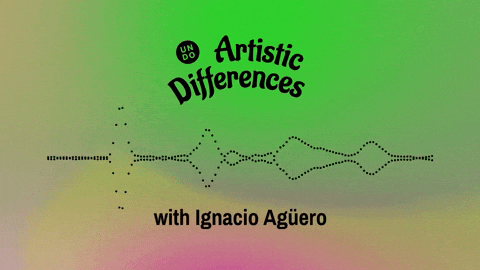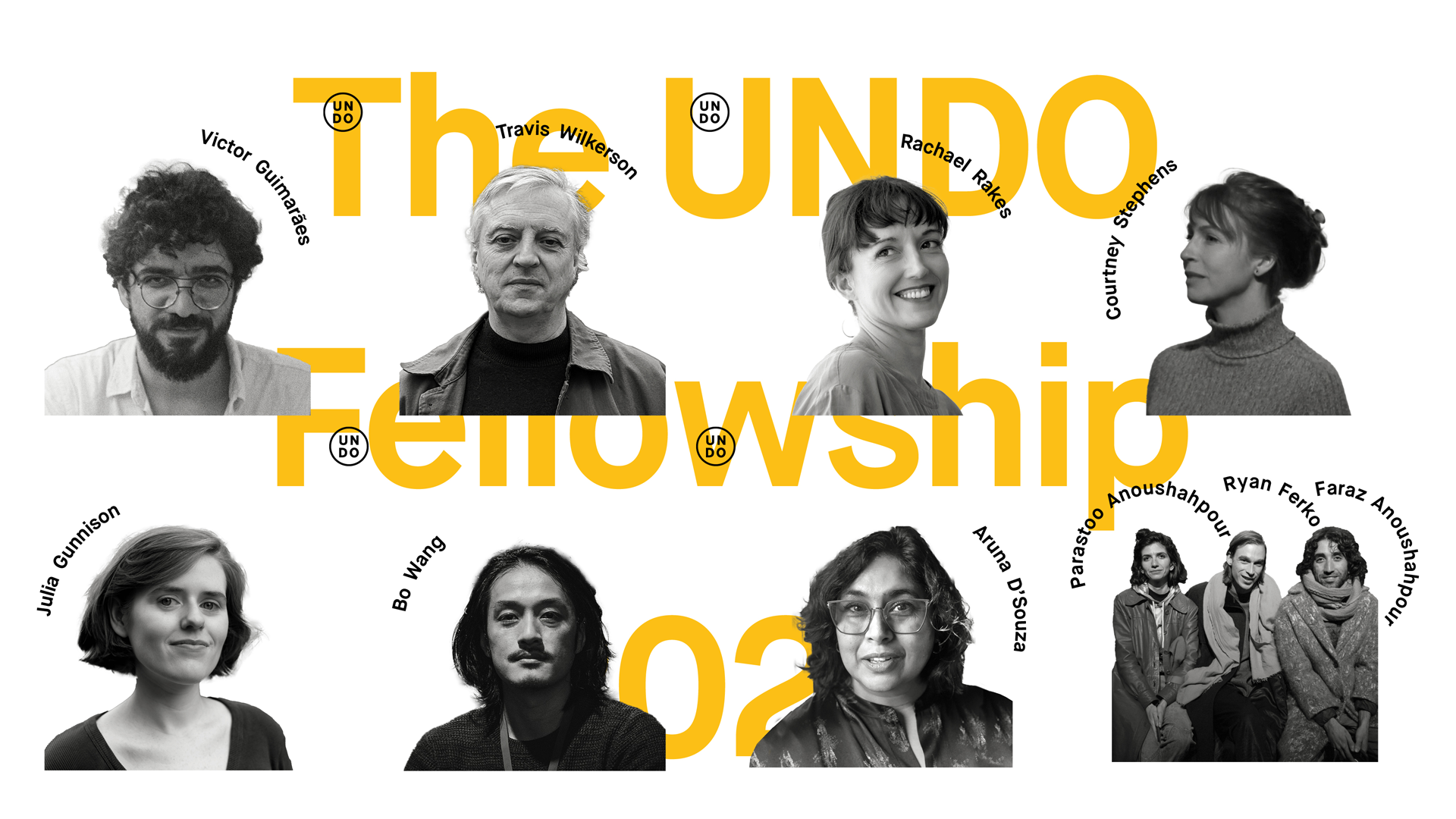May 19, 2019 at 7:30 pm
DEEP CUTS: Millennium Film Journal No. 69
With Grahame Weinbren and Daïchi Saïto
UnionDocs is thrilled to takeover hosting duties for Millennium Film Journal’s forthcoming volume launch while our pals at Anthology Film Archives undergo some improvements in their space. The Millennium Film Journal is bi-annual publication dedicated to artists’ cinema, where the term “cinema” includes all technologies of the moving image. Subscribers and stockists are international in scope and include major universities, libraries, museums, retail outlets, writers, artists, students, collectors, and the general public.
We’re delighted to host this program that brings together eight short films discussed in issue no. 69 of the Millennium Film Journal. Drawn from the 2018 Flaherty Seminar and elsewhere, the films all engage with landscape and language through formally innovative means. Though each filmmaker is of a different geographical location and uses varying techniques within their work, their films collectively produce a macrocosm of impetus and fellowship. This program will illustrate new resonances and curiosities, further supplemented by the writing in the latest issue of Millennium Film Journal.
Program is partially funded by NYSCA through the Millennium Film Workshop, publisher of the Millennium Film Journal.
Hard copies of Millennium Film Journal no. 69 and earlier issues will be available for purchase.
Program
Halimuhfack
14 min., 2016
By Christopher Harris (Flaherty Seminar 2018)
“Harris deals mostly with African-American history, as in… the short film, Halimuhfack (2016), which features a performer lip-syncing to archival audio of an interview with Zora Neale Hurston against a rear-projected film loop about Maasai tribesmen and women.” -Teresa Castro, “The Necessary Image,” MFJ No. 69
Anti-Objects, or Space Without Path or Boundary
13 min., 2017
By Sky Hopinka (Flaherty Seminar 2018)
“Anti-Objects combines Hopinka’s concern with minority Native languages (in this case, Chinuk Wawa) with the change and variance of landscape… What does come together in Anti-Objects is, as its subtitle suggests, a space without path or boundary, a nation whose language and sovereignty exist as parts within an uncertain whole—a constellation that forms a living people.” -Michael Sicinski, Mubi Notebook.
SET
10 min., 2016
By Peter Miller
“Viewing 10,000 images in 10 minutes, we can visually shift our attention from the center of the frame on the sun, to the left, the right, or up or down, to capture fragments of representations and surface-penetrating color.” -Vera Dika, “Film Nights on the Venice Lido,” MFJ no. 69
Otro Usos
7 min., 2014
By Beatriz Santiago Muñoz (Flaherty Seminar 2018)
“Otro Usos” was shot through malascopios, or reflective sculptures made of aluminum and glass, constructed and titled by Santiago Muñoz herself. Placed over a lens, a malascopio effectively turns the camera into a kaleidoscope; the root words, malo (bad) and copiar (reproduction), reference this transformational process and distortion of vision.” -Monica Uszerowicz, Hyperallergic
An Extra Wander: for Chickie
8 min., 2018
By Pat O'Neill
“Evocative but never quite determinate, the enigma is a fundamental component of the Pat O’Neill aesthetic. It is generated not only through the combination of incongruous elements, but, even more relevantly, in the extraordinary ways the combinations are realized in his moving image works, collages and sculptures. An Extra Wander is O’Neill’s most recent single channel work, made in memory of his friend filmmaker Chick Strand (1931-2009).—adapted from “Pat O’Neill Studio Visit” by Grahame Weinbren, MFJ no. 69
Trees of Syntax, Leaves of Axis
10 min., 2009
By Daïchi Saïto (Best of the Festival, 48th Ann Arbor Film Festival, Grand Jury Prize, 16th Media City Film Festival)
“The numerous trees on display here, which appear in rapid bursts amid passages of black leader, were initially filmed using 8mm and 16mm film stock, which Saïto then hand-processed and recaptured using an optical printer. Here again, the forest manifests as a radically interstitial and intervallic space: an ecology characterized as much by separation and division as interconnection and continuity.” -Ryan Conrath, “The Ecological Cut”, MFJ no. 69
H-E-L-L-O
11 min., 2014
By Cauleen Smith (Flaherty Seminar 2018)
“The camera traces a slow arc across the New Orleans skyline, drawing past a trombonist and sousaphonist’s bubbly interpretation of Close Encounters of the Third Kind’s (1977), a cellist bowing the same theme in front of a fenced-off Booker T. Washington Auditorium, a contrabassoonist sending ripples over the river, and so on. Where Spielberg’s original scans the skies, H-E-L-L-O’s bass-heavy instruments go down to the roots.” -Max Goldberg, Crossroads
Nightfall
15 min., 2016
By Anocha Suwichakornpong & Tulapop Saenjaroen (Las Palmas de Gran Canaria International Film Festival, Flaherty Seminar 2018)
“Suwichakornpong and Saenjaroen’s Nightfall point their camera lower in the social pyramid to explore the corporeal registers of the governed: the listlessness, anomie, and fatigue of a middle-aged woman who traverses impersonal spaces in Singapur while political speeches in the soundtrack trumpet the country’s economic splendor.” Juan A. Suárez, Framework
88 min
Grahame Weinbren is a filmmaker and writer, and is senior editor of the Millennium Film Journal.
Daïchi Saïto is a filmmaker and professor based in Montréal.


